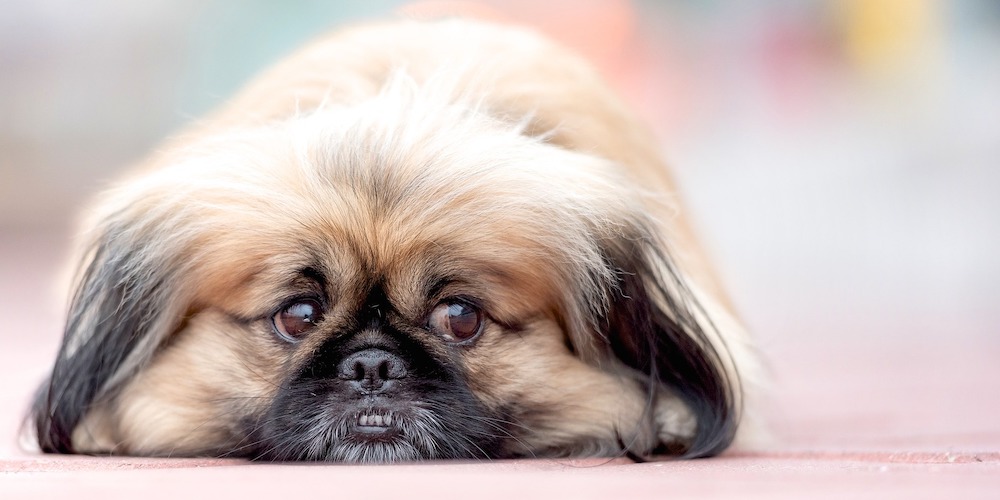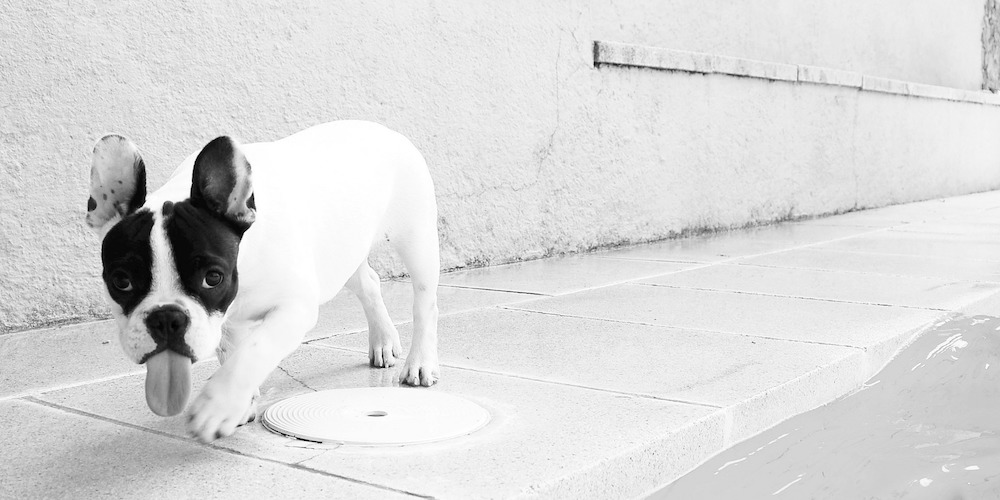
If you’re choosing your first dog, it is important to understand how the climate will affect them. In Australia, the difference in weather can impact your dog’s routine and greatly affect your dog’s health if not catered for.
While you may think the length of your dog’s coat is a primary consideration, there are several other factors to consider.
Dogs That Don’t Need Much Exercise
Many breeds such as Greyhounds, Great Danes and Dachshund’s don’t require much exercise and tend to be content lazing around indoors. That makes them more suitable to hot weather and easily adaptable to the climate.
Double Coats
Dogs that thrive in colder climates such as Huskies, St Bernard’s, Alaskan Malamutes and Retrievers, have a double coat to keep them warm. However, under their water-resistant fur is a dense, fluffy undercoat that traps heat. It is this trapped heat that causes these breeds to struggle in warmer weather.
Ideally keeping these breeds indoors during the middle of the day will help them stay comfortable. Walk them early in the morning and ensure you have water with you to minimise dehydration.
Short Coats
Short coat dogs allow the air and water to cool the skin more easily than long coated breeds. This helps them to cope with the midday heat more readily.
Long Snouts
The longer airway not only allows for a keener sense of smell, it also cools the air before it enters the lungs and the body, and provides a way to expel heat. That’s why dogs with long snouts are far better in warm climates than their snub-nosed friends.
Short Snout
Dogs with short snouts or flat-faced breeds have a harder time in warm climates. The amount of air that they can take in and out is far less than a long snouted breed, so they tend to struggle to cool themselves down quickly. Short snouted dogs should never be exercised in the middle of the day and kept indoors as much as possible.
Lean Dogs
Typically, dogs with less body fat tend to do a lot better in warmer weather. Larger dogs trap body heat which causes them to struggle. However, on the flip side, in the cooler months, dogs with less body fat struggle to stay warm and may need a jacket.
Skin Problems
Dogs with folds or wrinkles can develop skin issues if kept in high humidity areas. Why? Dirt, moisture and bacteria can become trapped within the folds and develop into an infection if not closely monitored.

Karingal Vet Hospital
If you are worried about your dog and its new climate, feel free to contact Karingal Vet Hospital for further information and advice regarding their health in certain climates. Call us on (03) 9789 3444 or book online today.